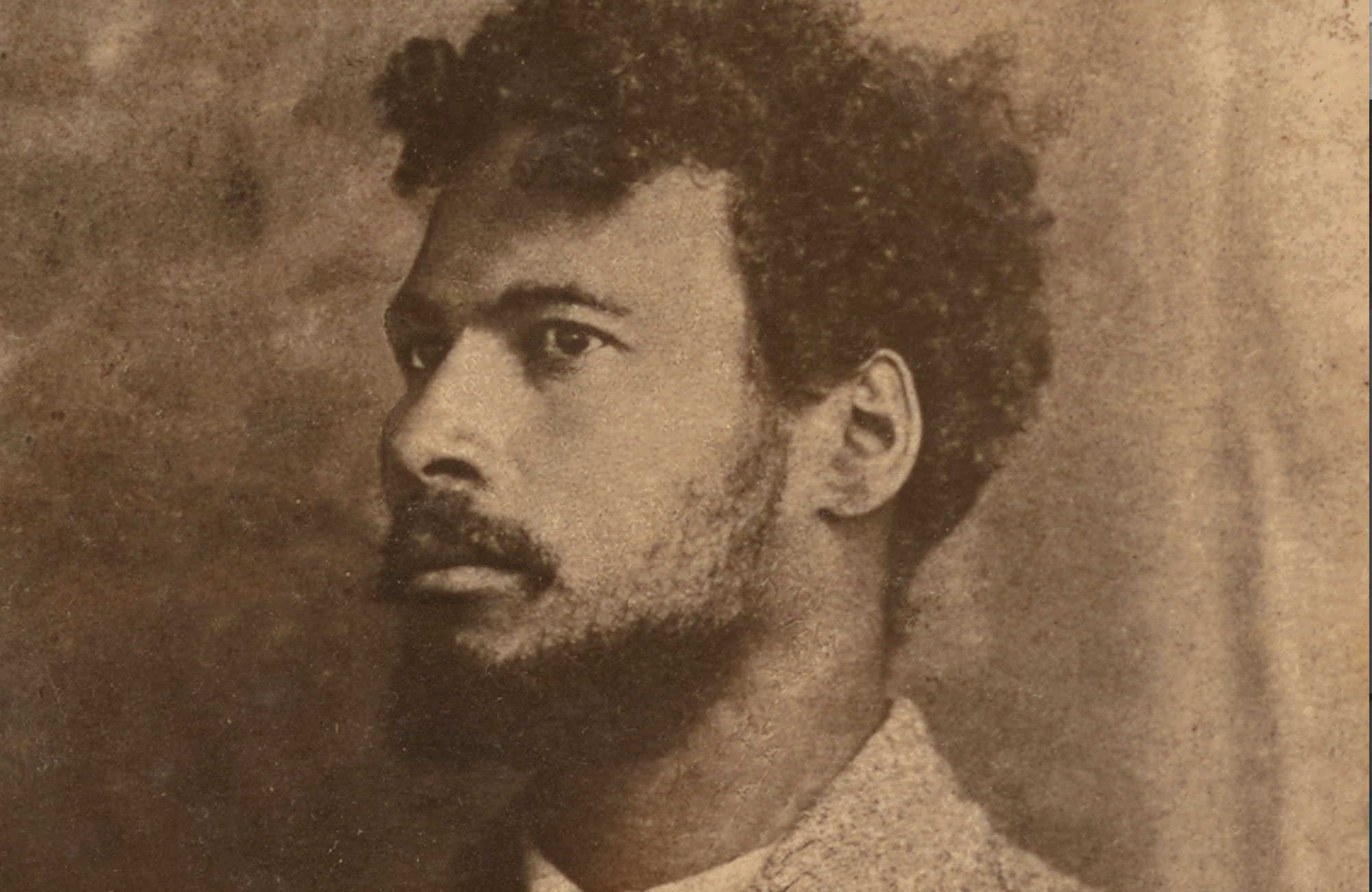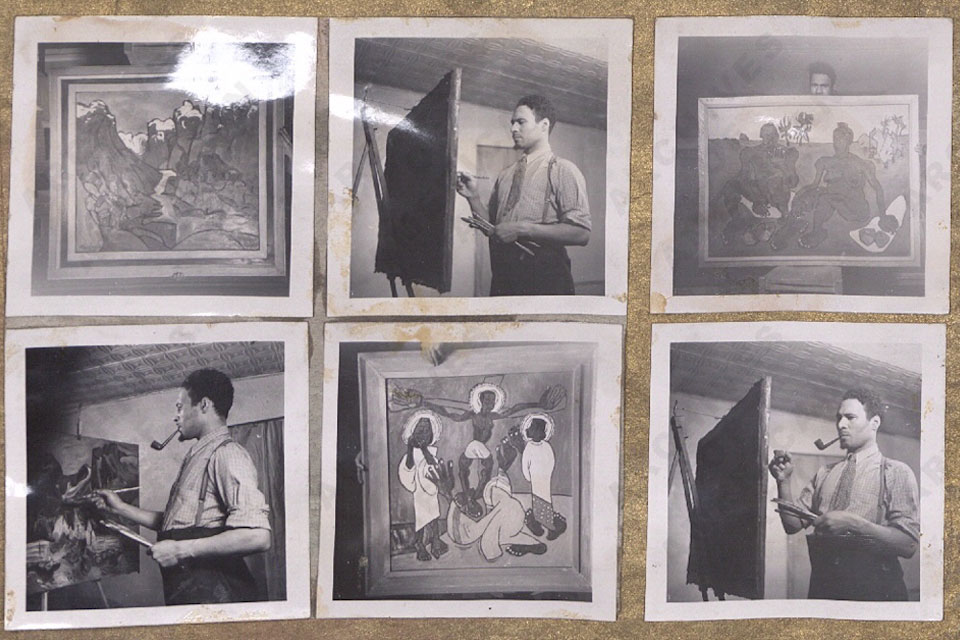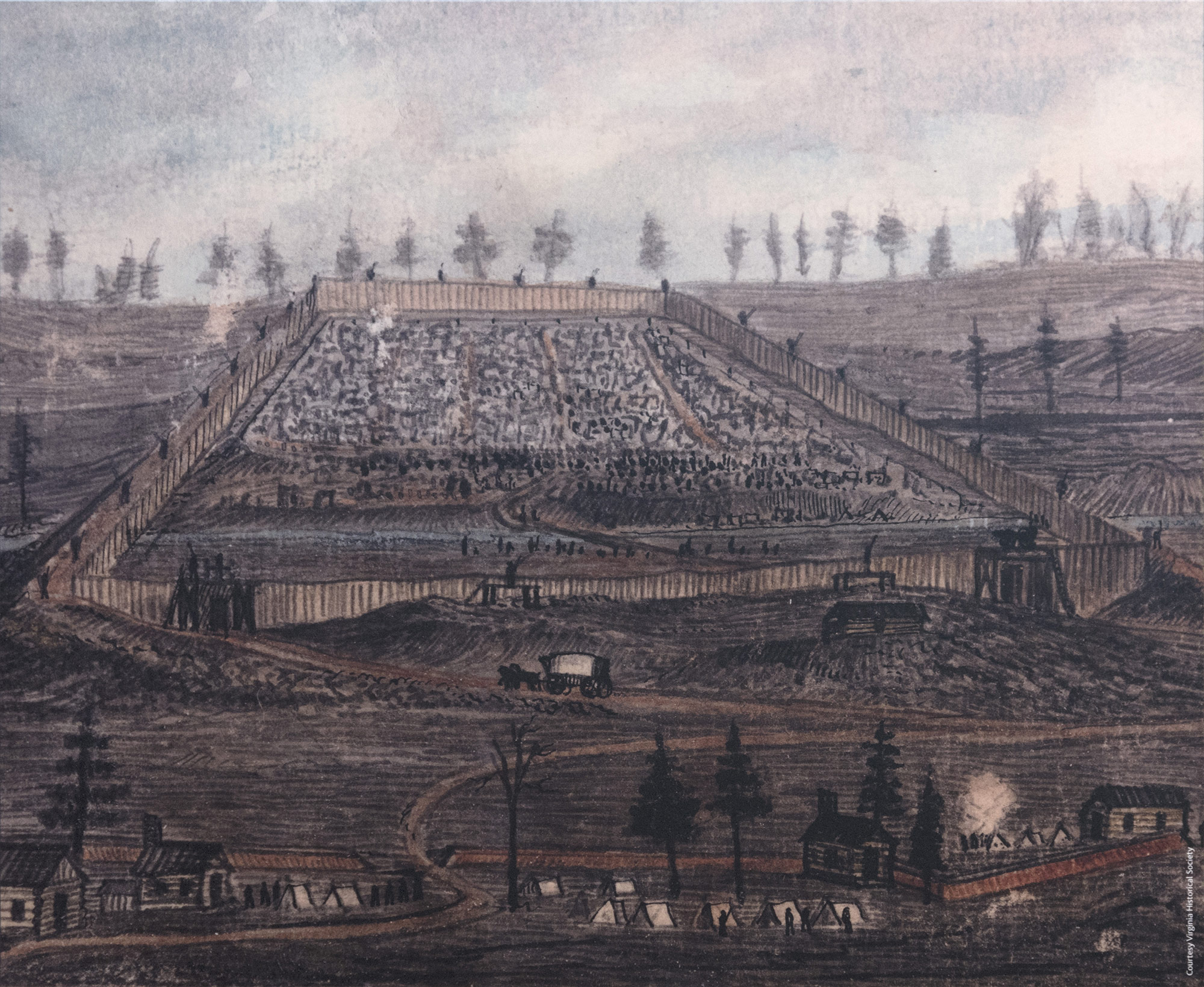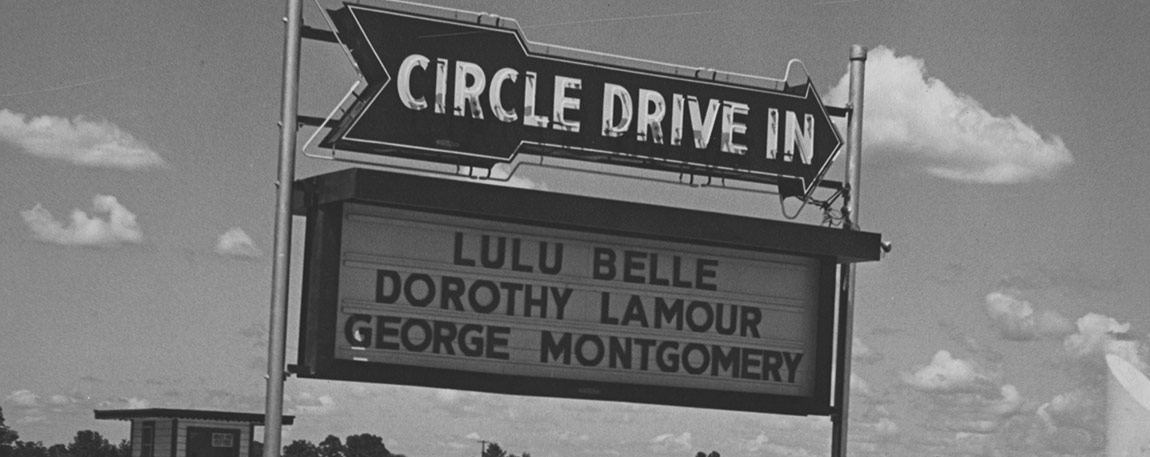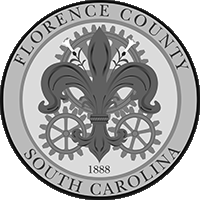Florence native William Henry Johnson, although considered by academics to be a major figure in 20th century American Art, has somehow remained a relatively obscure figure to his hometown community. Over the course of his career, the output of William H. Johnson’s significant work numbered into the thousands. A little over 1500 known works whose whereabouts have been accounted for. His large body of work displays a virtuosic talent mastering a variety of mediums & styles while maintaining a powerful execution of unified expression. Behind the man’s fascinating body of work, lies a story that rivals the intrigue and complexity of his art. So how is it that this prolific artist continues to remain an unrecognized figure by the city that helped birth him? This is not an easy question to answer definitively. For starters, we must 1st understand not only Johnson, the man & his work, but also the historical context in which his story takes place. After we have a grasped an understanding of Johnson, we must also begin to grasp a thorough understanding of the city and people of Florence.
The city of Florence began to take shape upon the completion of an intersection of three railroad lines near the year 1860. By 1897, the three individually owned lines had merged to become part of the greater Atlantic Coast Line Railroad. At the turn of the 20th century, Florence South Carolina was a growing center of commerce thanks to the arrival of the railroad. The ACL’s presence in Florence translated into new economic opportunity for the city’s population, who historically had earned their livings as farmers and sharecroppers. Though the ACL’s economic impact translated into prosperity for the city’s white families, the lives of Florence’s African-American families continued to remain largely unaffected. African-Americans in the Post-Reconstruction South worked very hard for their board and earned very little pay. Such was the reality for Henry & Alice Johnson.
Henry worked as a “fireman” for all-African-American crews in the trains that ran on the local ACL lines. As a fireman, it was Henry’s responsibility to maintain the coal supply for the locomotive’s steam engine as specified by the train’s engineer. Alice Johnson, William Johnson’s mother, quietly worked as a domestic for various white families in the local community. On March 18th 1901, Alice gave birth to the couple’s 1st born, William Henry Johnson. Shortly after their baby’s birth, rumors stirred in the community concerning the origin of the wavy haired, fair skinned boy. It was an all too common occurrence for domestics, such as Alice, to have been taken advantage of by one of their white employers. In cases where a child was born, the African-American family would be left with no legal recourse, and they would often raise the child as one of their own. This was the prevailing thought in the local community for young Willie’s uncharacteristic appearance. Years later, this theory was further substantiated when the Johnson’s other children (Lacy, Lucy, James & Lillian) were born, as all of the other Johnson children favored Henry’s complexion and features. It has also been said that Alice Smoot Johnson descended from a line of both African-American & Native-American blood. Though American history rarely addresses interracial connections in ancestry lines, this theory does offer a feasible explanation for young William’s light skin and atypical features. It is also further validated in that this was the preferred explanation that William, as an adult, cited for his unique appearance. The fact is that we do not know which story is the truth concerning the origin of William Johnson’s birth. Regardless, growing up with a racially ambiguous identity in the 20th century American South likely had tremendous impact in the development of young Willie.
Related Blog Entries:
William H. Johnson Bio Part Two
William H. Johnson Bio Part Three
If you would like to learn more about William H. Johnson or his hometown of Florence SC, check out the following sources used to help author this post:
Books:
Homecoming The Art & Life of William H. Johnson, by Richard Powell.
William H. Johnson: Truth Be Told, by Steve Turner & Victoria Dailey.
Rise Up So Early A History Of Florence County South Carolina, by G. Wayne King.
Village to City Florence SC 1853-1893, by Eugene N. Zeigler.
Web Resources:
The National Museum of American Art, Website, Smithsonian Institution: William H. Johnson Digital Collection.
The Archives of American Art, Website, Smithsonian Institution: William H. Johnson papers, 1922-1971, bulk 1926-1956.
The Georgetown County Digital Library, Website, Dr. G. Wayne King Slide Collection.



